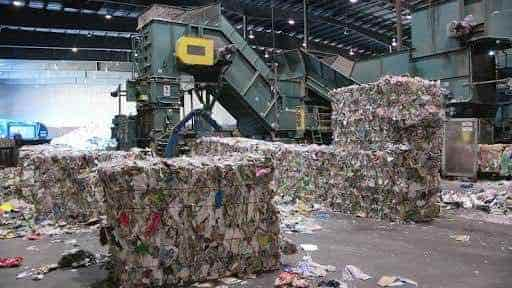In the changing landscape of sustainable progress, enhanced continuing recycling programs are getting vital in operating circular innovations. As industries and towns world wide strive to cut back waste and improve resource efficiency, the integration of well-designed Recycling Company (Återvinning Företag) frameworks represents an essential role to summarize the trap of material use. By successfully managing continuing waste—resources left after primary recycling processes—companies may open new options for innovation and contribute to a really round economy.

Continuing waste, frequently viewed as an unavoidable consequence, holds untapped potential when approached through enhanced recycling plans. Conventional waste management techniques often prioritize disposal or incineration, which could result in resource loss and environmental harm. But, impressive techniques that focus on retrieving important products from extra revenues permit the formation of secondary fresh components, lowering reliance on virgin assets and minimizing environmental footprints.
An improved extra recycling plan begins with comprehensive spend characterization. Knowledge the composition, size, and contaminants of extra spend is essential to spot the most truly effective recovery methods. Sophisticated working systems such as for example visual scanners, magnetic separators, and air classifiers permit precise segregation of resources, enhancing the product quality and volume of recyclables extracted.
Moreover, integrating cutting-edge recycling techniques—like compound recycling, biological treatment, or thermal recovery—can increase the transformation of continuing waste in to useful products. Compound recycling, like, breaks down complicated polymers to their standard components, enabling the production of high-grade recycled materials suited to diverse applications. Similarly, normal residuals could be converted into biofuels or compost through organic techniques, encouraging alternative energy era and soil health.
Another important element is the design of collaborative offer restaurants that incorporate continuing recycling as a primary component. Relationships between spend machines, recyclers, companies, and policymakers assure structured logistics, shared invention, and regulatory alignment. Such cooperation facilitates investment in infrastructure, stimulates round solution design, and encourages consumer participation, thereby making a sturdy recycling ecosystem.
Knowledge and awareness campaigns also play an essential position in optimizing continuing recycling efforts. By educating stakeholders about the value of residual products and correct spend segregation, towns and organizations can improve feedstock quality, reduce contamination, and increase recycling efficiency.
In summary, optimized recurring recycling programs are foundational to developing round innovations. Through targeted waste evaluation, adoption of innovative systems, present cycle cooperation, and stakeholder engagement, recurring spend may be changed from difficult in to a resource. Enjoying these methods paves just how for sustainable growth, source conservation, and a more rounded potential wherever waste is reduced, and value is constantly regenerated.
